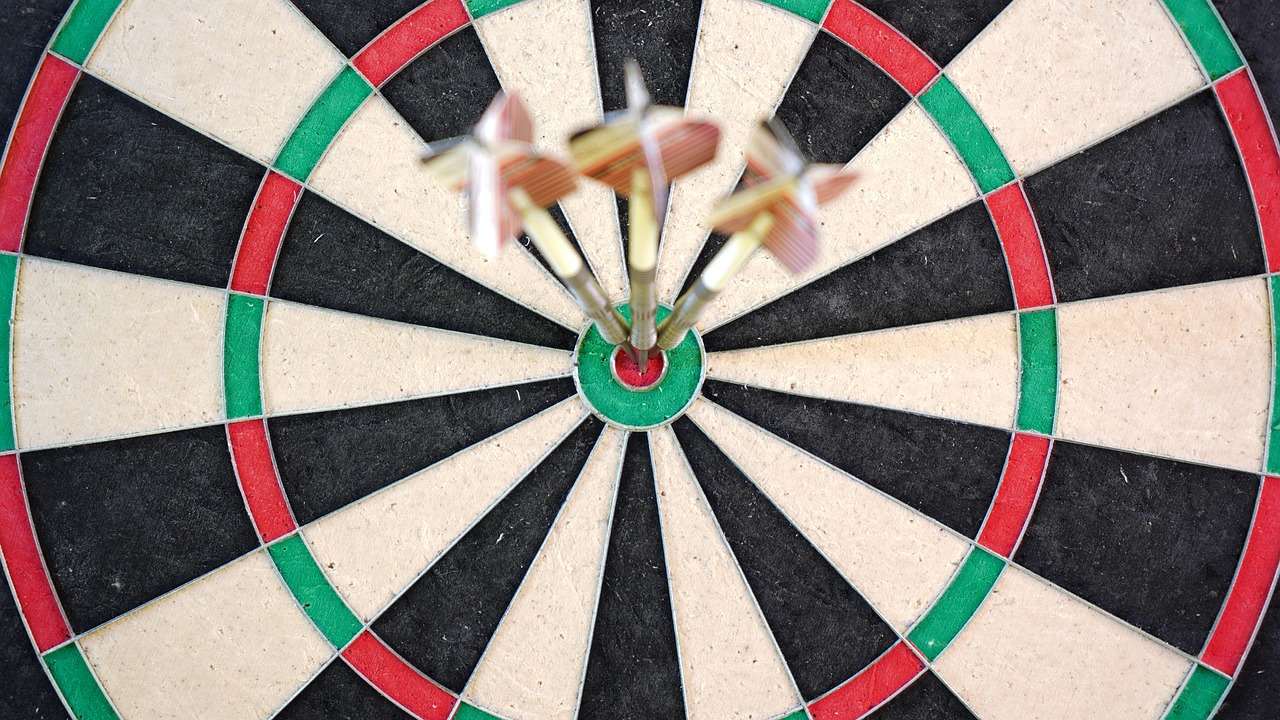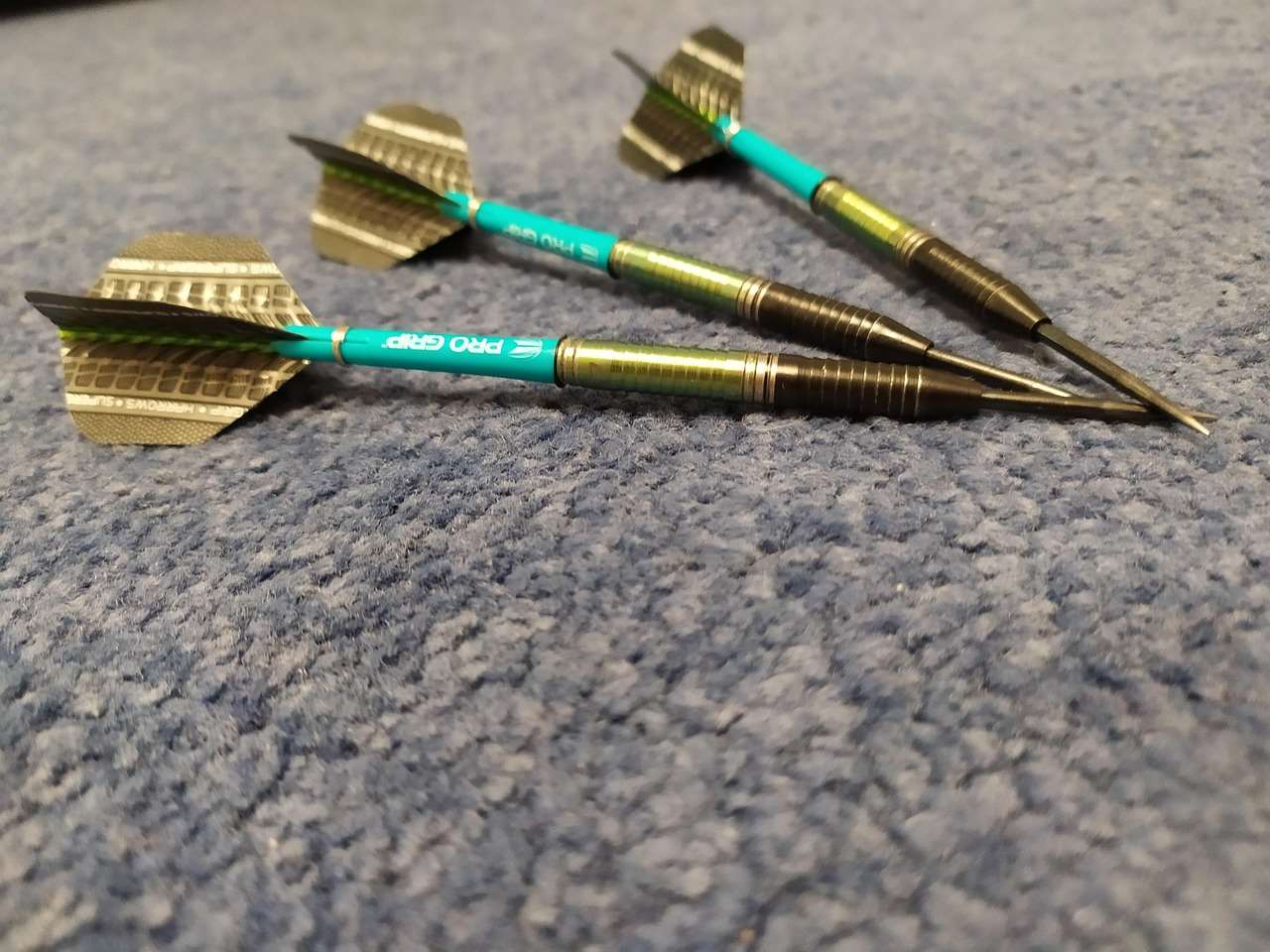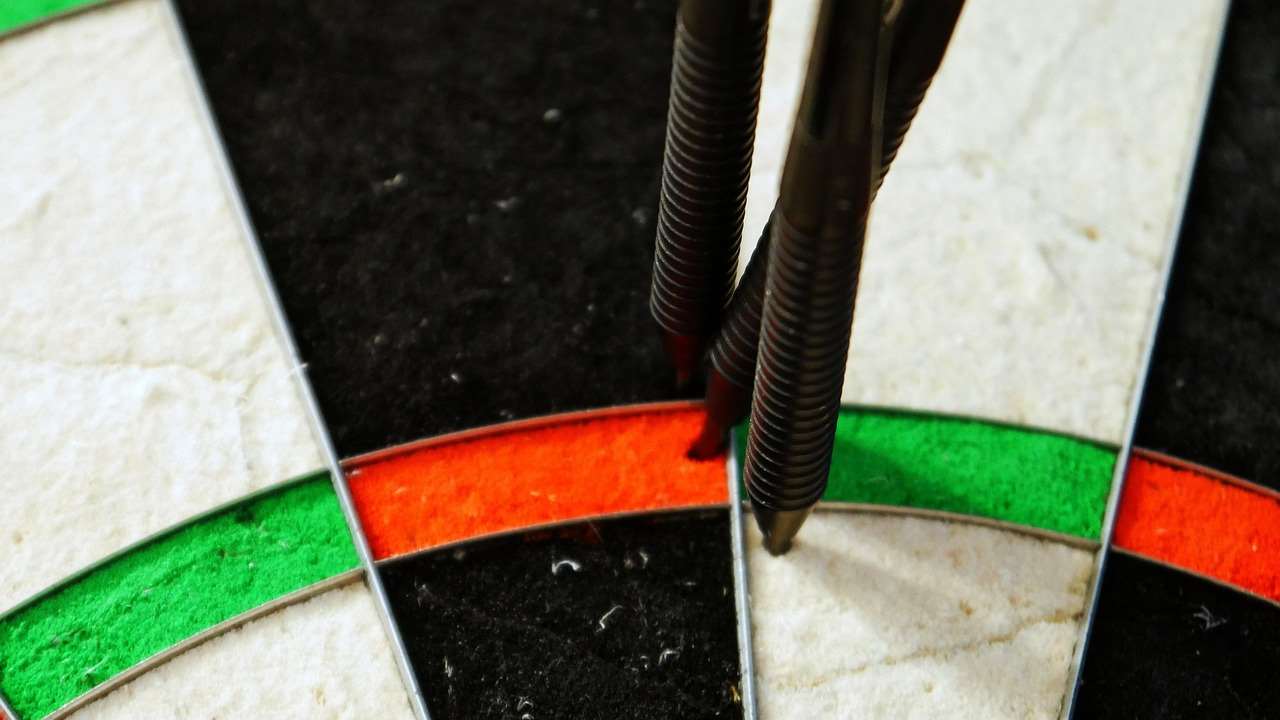Navigating the world of **Pub Darts League Formats** can be tricky, but understanding the common variations is key to success and enjoyment; this article will guide you through the most popular formats, scoring systems, and team structures. We’ll explore everything from the classic 501 to more niche variations, helping you understand the rules and strategies behind each.
⚠️ Still Using Pen & Paper (or a Chalkboard)?! ⚠️
Step into the future! The Dart Counter App handles all the scoring, suggests checkouts, and tracks your stats automatically. It's easier than you think!
Try the Smart Dart Counter App FREE!Ready for an upgrade? Click above!
Understanding Common Pub Darts League Formats
When joining or starting a **pub darts league**, you’ll quickly realize that there’s no single, universal format. Different leagues adopt different rules to suit their members and create a competitive yet enjoyable atmosphere. Here, we’ll dive into the most prevalent **darts league formats**, focusing on the 501 format, which is a staple in many leagues. Understanding these formats is crucial, whether you’re a seasoned player or new to the game.
The Classic 501 Format
The 501 format is arguably the most popular and widely recognized in the world of darts. Here’s how it works:
- Starting Score: Each player or team starts with a score of 501.
- Objective: The goal is to be the first to reduce your score to exactly zero.
- Scoring: Players score points by hitting segments on the dartboard. The value of each segment is determined by its number (1-20), its multiplier (single, double, or triple), or the bullseye (25 for a single bull, 50 for a double bull – the “bullseye”).
- Checkout (Finishing): The final dart thrown must land on a double or the bullseye to reach exactly zero. This is known as a “double out”. If a player scores more points than needed or finishes on a single or triple, the score does not count, and the player’s turn ends. This is called a “bust.”
- Legs and Sets: A match typically consists of a predetermined number of legs or sets. A leg is a single game of 501, while a set consists of a predetermined number of legs.
Many **darts league formats** use a best-of-three or best-of-five legs format for individual matches. Sets are often used in higher-level competitions.

Variations on the 501 Theme
While the basic 501 format is the foundation, many leagues introduce variations to keep things interesting. These variations often involve tweaks to the scoring system or the rules surrounding the checkout. These slight variations enhance the **darts experience**.
Double In, Double Out
This variation requires players to start and finish on a double. It increases the difficulty of the game and adds a strategic element, forcing players to aim for specific areas of the board from the very beginning.
Single In, Double Out
This is the standard 501 format described earlier, where players can start scoring from any segment but must finish on a double or bullseye.
Team Play in 501
In team competitions, players often take turns throwing darts to reduce the team’s score. The format remains the same – start at 501 and finish on a double – but the team aspect introduces new dynamics and strategies.
Consider the Darts Culture And Community Guide to further understand the culture behind pub darts.
Other Popular Darts League Formats
Beyond 501, several other formats are popular in **pub darts leagues**. These formats offer different challenges and require different skill sets.
Cricket
Cricket is a strategic game that involves “closing out” numbers on the dartboard. Here’s a basic overview:
- Numbers in Play: Only the numbers 15 through 20 and the bullseye are used.
- Closing a Number: To “close” a number, a player must score three marks on that number. A single counts as one mark, a double counts as two, and a triple counts as three.
- Owning a Number: Once a player has closed a number, they “own” it. They score points on that number until the opponent also closes it.
- Winning the Game: To win, a player must close all the required numbers and have a higher or equal score than their opponent.
Cricket can be played in various versions, including standard Cricket, Cut-Throat Cricket, and Killer Cricket.
Around the Clock (or Round the Board)
This is a simple but effective game for practicing accuracy. The goal is to hit each number on the dartboard in sequence, starting with 1 and ending with 20 (or 20 and then the bullseye, depending on the variation).
Killer
Killer is a fun and often chaotic game, particularly popular in social settings. Here’s how it works:
- Choosing Numbers: Each player throws a dart at the board with their non-dominant hand to select their number.
- Becoming a Killer: To become a “killer,” a player must hit their number twice (doubles count as two hits).
- Eliminating Opponents: Once a player is a killer, they can hit their opponents’ numbers to remove one of their “lives.” Each player typically starts with three lives.
- Last Player Standing: The last player with remaining lives wins the game.

Team Structures in Pub Darts League Formats
The way teams are structured can significantly impact the dynamics of a **pub darts league**. Here are a few common team structures:
Singles Leagues
In a singles league, individual players compete against each other in a series of matches.
Doubles Leagues
Doubles leagues involve teams of two players. Partners alternate throws, adding a layer of coordination and strategy. It’s important to choose a partner that complements your skill set.
Team Leagues (4+ Players)
Team leagues typically consist of four or more players. Matches often involve a combination of singles, doubles, and team games. This format requires a diverse range of skills and strong team cohesion.
Rotating Partnerships
Some leagues use a rotating partnership system, where players are paired with different teammates each week. This promotes camaraderie and allows players to learn from each other.
Scoring Systems in Pub Darts League Formats
Different **Pub Darts League Formats** employ different scoring systems to determine the outcome of matches. Here are some common approaches:
Points Per Leg
In this system, players or teams earn points for each leg won. The player or team with the most legs at the end of the match wins.
Total Points Scored
Some leagues track the total points scored by each player or team throughout the season. This can be used to determine overall standings or award bonus points.
Handicap Systems
Handicap systems are used to level the playing field, allowing players of different skill levels to compete fairly. Handicaps are typically based on a player’s average score. A common approach is to give weaker players a head start in each leg.

Tips for Success in Pub Darts League Formats
Whether you’re a beginner or an experienced player, here are a few tips to help you succeed in **pub darts league formats**:
- Practice Regularly: Consistent practice is essential for improving your accuracy and consistency.
- Develop a Consistent Throwing Technique: Focus on developing a smooth, repeatable throwing motion.
- Master the Checkouts: Knowing your checkout combinations is crucial for finishing legs quickly.
- Manage Your Nerves: Learn to control your nerves, especially in high-pressure situations.
- Study Your Opponents: Pay attention to your opponents’ strengths and weaknesses.
- Have Fun: Darts is a game, so remember to enjoy yourself!
To enhance your experience, consider Atmosphere At Live Darts Matches.
Choosing the Right Pub Darts League Format
The ideal **pub darts league format** depends on the preferences and skill levels of the players involved. Consider the following factors when choosing a format:
- Skill Level: Choose a format that is challenging but not overly difficult for the players.
- Time Commitment: Consider the amount of time required for each match and the overall season.
- Social Aspect: Select a format that promotes camaraderie and social interaction.
- Competitive Balance: Ensure that the format is fair and provides opportunities for players of all skill levels to compete.
For those looking to experience the thrill of live darts, Getting Tickets For Darts Events can be a great starting point.

Beyond the Basics: Advanced Strategies in Pub Darts League Formats
Once you’re comfortable with the fundamentals, you can start exploring more advanced strategies to gain an edge in your **darts league**. This involves understanding the nuances of the game and developing tactical approaches to different situations.
Strategic Number Selection in Cricket
In Cricket, choosing which numbers to target first is crucial. Generally, it’s wise to target the higher numbers (20, 19, 18) early on to maximize your scoring potential. However, if your opponent is particularly strong on a specific number, it might be strategic to close it out quickly to prevent them from scoring heavily.
Blocking Strategies in Cricket
If your opponent owns a number and is scoring heavily, consider dedicating some throws to closing that number, even if it’s not your primary target. This can significantly reduce their scoring advantage.
Checkout Planning in 501
Don’t just aim for the double that finishes the game; plan your throws in advance to set yourself up for an easier checkout on the next turn. For example, if you have 100 remaining, aiming for a treble 20 (60) leaves you with 40, which can be easily taken out with a double 20. Consider leaving yourself with a number that offers multiple double options.
Understanding Probabilities
Experienced darts players understand the probabilities associated with different throws. For example, aiming for the treble 20 carries a higher risk of hitting a single 20 or even missing the board entirely, compared to aiming for the single 20. Weigh the potential reward against the risk when making your decisions.
Mental Fortitude
Darts is as much a mental game as it is a physical one. Learn to stay focused under pressure, and don’t let a bad throw or a missed opportunity derail your concentration. Develop strategies for managing your nerves and staying positive throughout the match.
Resources for Improving Your Darts Game
There are numerous resources available to help you improve your darts game, from online tutorials and training aids to local darts clubs and coaching sessions. Take advantage of these resources to accelerate your progress and reach your full potential.
- Online Darts Tutorials: Websites and YouTube channels offer a wealth of instructional videos and tips on throwing technique, checkout strategies, and other aspects of the game.
- Darts Training Aids: Various training aids are available, such as target boards with specific scoring zones highlighted, and apps that track your progress and provide personalized feedback.
- Local Darts Clubs: Joining a local darts club is a great way to practice regularly, compete against other players, and learn from experienced members.
- Darts Coaching: If you’re serious about improving your game, consider seeking out a qualified darts coach who can provide personalized instruction and guidance.

Conclusion
Understanding the different **Pub Darts League Formats**, scoring systems, and team structures is essential for enjoying and succeeding in this popular sport. Whether you prefer the classic 501, the strategic Cricket, or the chaotic Killer, there’s a format out there for everyone. By practicing regularly, developing a consistent throwing technique, and mastering the checkout combinations, you can improve your game and become a formidable opponent. So, grab your darts, join a league, and experience the thrill of competition! Ready to step up your darts game? Guide To Attending Darts Events will help elevate your knowledge.
Hi, I’m Dieter, and I created Dartcounter (Dartcounterapp.com). My motivation wasn’t being a darts expert – quite the opposite! When I first started playing, I loved the game but found keeping accurate scores and tracking stats difficult and distracting.
I figured I couldn’t be the only one struggling with this. So, I decided to build a solution: an easy-to-use application that everyone, no matter their experience level, could use to manage scoring effortlessly.
My goal for Dartcounter was simple: let the app handle the numbers – the scoring, the averages, the stats, even checkout suggestions – so players could focus purely on their throw and enjoying the game. It began as a way to solve my own beginner’s problem, and I’m thrilled it has grown into a helpful tool for the wider darts community.